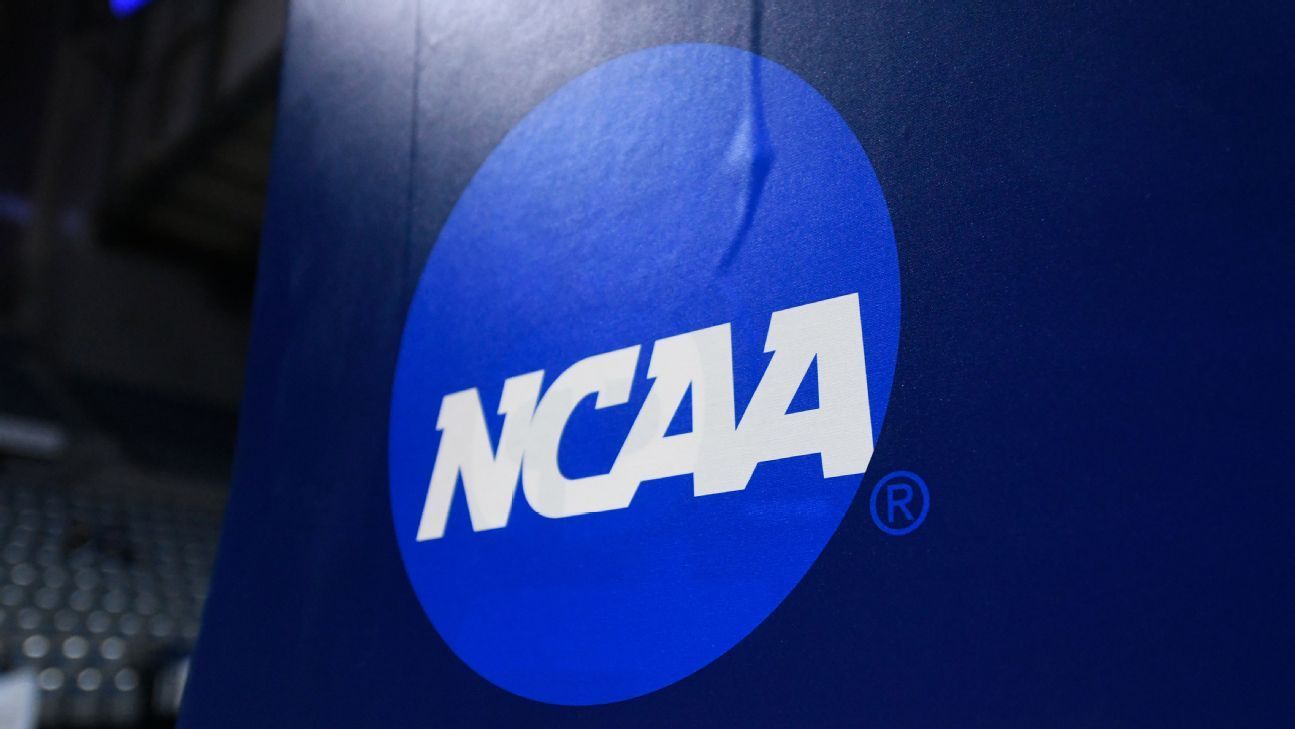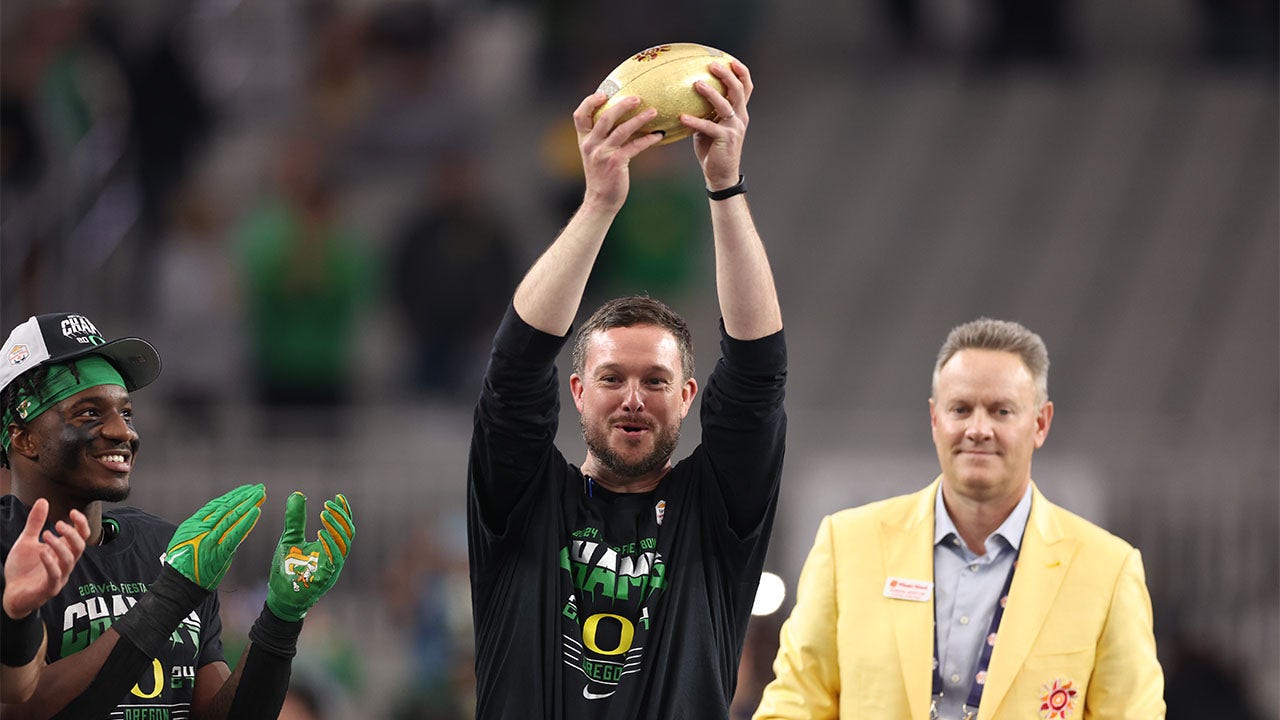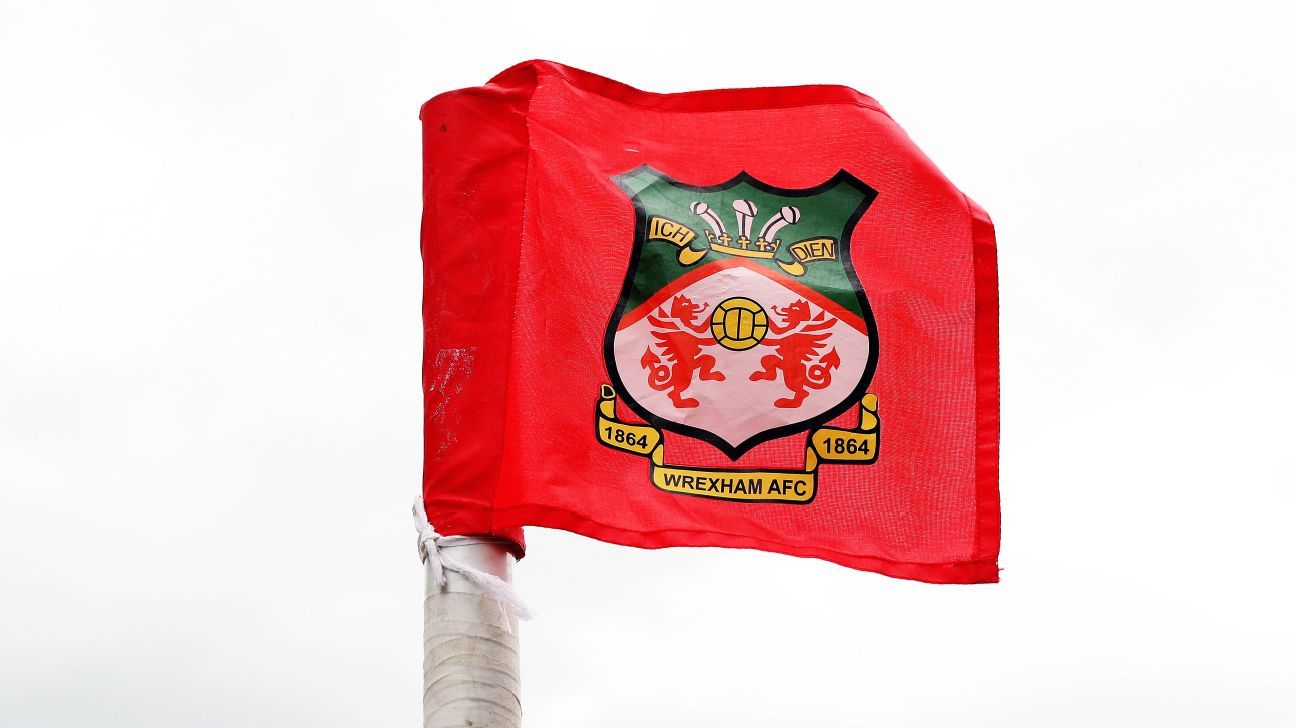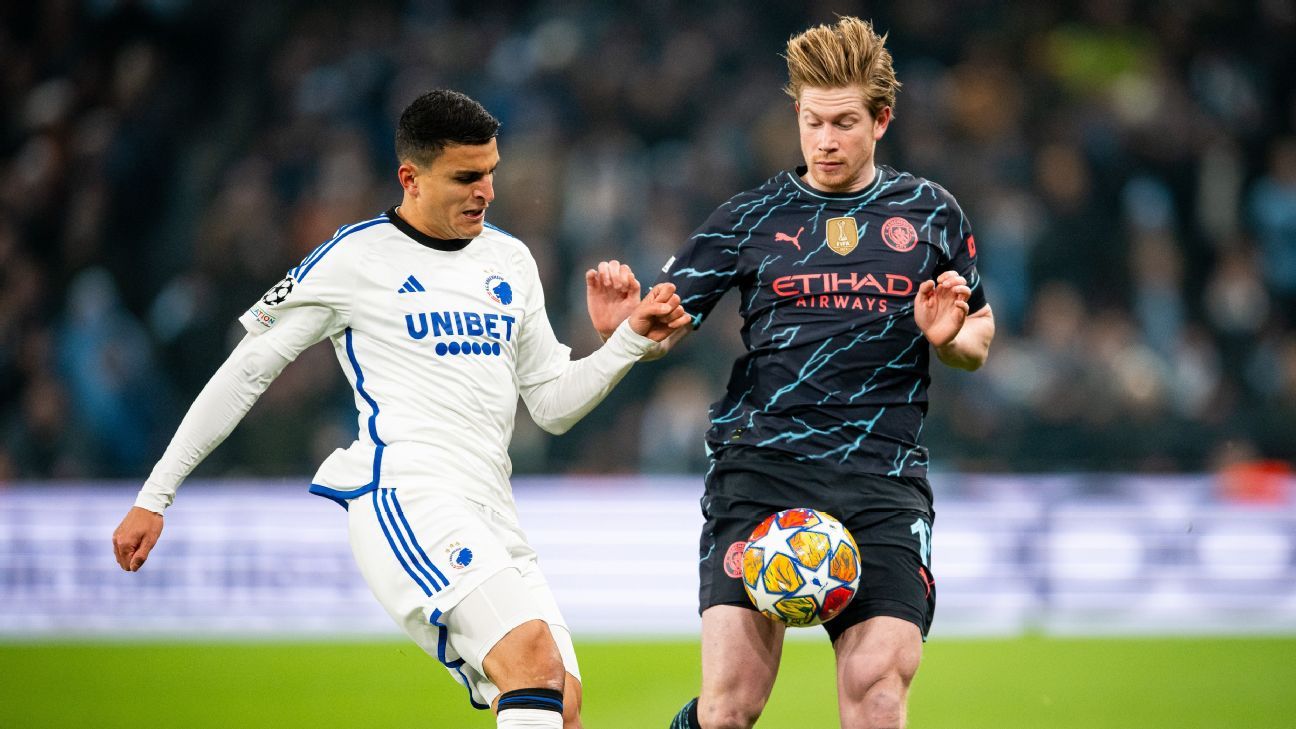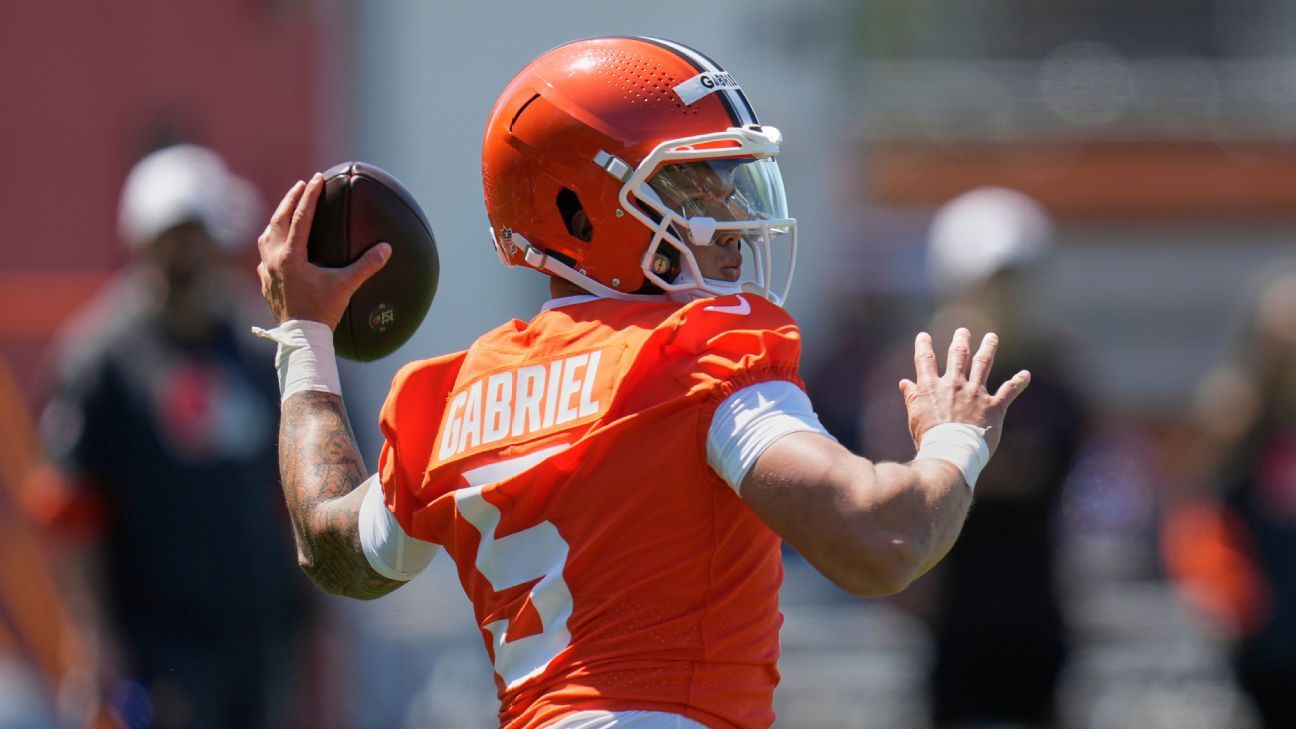Oakland, California-A multi-million dollar legal agreement with the potential to remodel the university sports business approached its fast escape finish line during a federal court hearing on Monday.
Judge Claudia Wilken refused to provide the final approval of an agreement between the NCAA lawyers and the plaintiff representing past, present and future athletes of Division I, but she ordered lawyers to address a brief list of their remaining concerns within a week.
“I think it's a good agreement,” Wilken said as he finished the seven -hour audience, before adding quickly: “Do not quote me.”
The NCAA agreed to pay approximately $ 2.8 billion in damages to past and current athletes to resolve three federal antitrust demands that claim that the association's rules have limited the income potential of athletes in several ways. The agreement, commonly known as the settlement of the Chamber after the plaintiff of the plaintiff Grant House, would also create a new system for the schools to pay the players directly, as of this summer.
In return, the NCAA can limit how much each school can spend on its athletes per year, an effective salary limit that is expected to begin at approximately $ 20.5 million per school and increases annually during the useful life of 10 years of the agreement. The agreement also provides the most powerful conferences in the industry with greater capacity to monitor the name, image and similarity agreements between athletes and reinforcements, which is intended to prevent the equipment from using their reinforcements to avoid the limit of $ 20.5 million.
Wilken, who has governed several cases that have restructured the rules of the NCAA in the last decade, specifically requested the lawyers on both sides to rethink a provision that would place a limit on how many athletes could be on the list of a school for each sport and provide more details about how future athletes could object to the terms of the agreements once they register at the university.
Several objectors who spoke on Monday asked Wilken to reject the agreement because he could lead to the elimination of thousands of places in the list in division I teams throughout the country. The current NCAA rules establish limits in the amount of scholarships that each team can give to its players. That rule will disappear if the agreement is approved, which means that a school can provide a complete scholarship to each of its athletes if you wish.
To prevent the richest schools from storing talent, NCAA has proposed to limit the number of players that each team can keep in their list. Many teams will have to cut the current athletes of their lists to comply with the new rule if the agreement is approved. Gannon Flynn, a first -year swimmer at the University of Utah who spoke at the audience, said his coaches told him that he will not have a place in the team next season specifically due to the agreement.
“We are not here for money. We just want to play and compete,” Flynn told the judge. “On paper, this settlement can look good … but thousands of people are losing their points.”
Wilken suggested on Monday that any current athlete should keep its place even if it puts a team on the new list limit.
“My idea is the grandfather in a group of people with the list. There are not so many. It is not so expensive. It would generate a lot of good will,” Wilken said.
Judges cannot demand specific changes in an agreement, but Wilken can make suggestions on how lawyers could solve problems that could otherwise prevent the treatment from blessing.
“We are standing next to our settlement. We believe it is fair. If the NCAA wants the grandfather, that depends on them,” said Steve Berman, one of the two lawyers of the plaintiffs.
The lawyer Rakesh Kilaru, the main advisor of the NCAA, said he needed to talk to his clients about any potential change to the limit terms of the list, but remained optimistic that the agreement would be approved.
Other objectors expressed concerns that $ 2.8 billion in damages were divided unfairly for women athletes. Men are expected, especially soccer and basketball players, receive at least 90% of damage payments.
Others argued that the settlement creates a new antitrust violation by limiting how much each school can spend on athletes. Professional sports leagues establish legal salary limits by negotiating these limits on a collective bargaining agreement with a players union. Wilken said that while a collective bargaining agreement “could be a great idea”, the case in front of it did not give it the authority to rule if athletes should be able to negotiate in that way.
Berman said he has the hope that Wilken only takes a few more weeks to grant the final approval to the agreement. Schools plan to start paying their players directly in July. The lawyer of the plaintiffs Jeffrey Kessler said that he trusts that Wilken will govern with enough time to maintain the plans to pay the athletes this year on the way.

